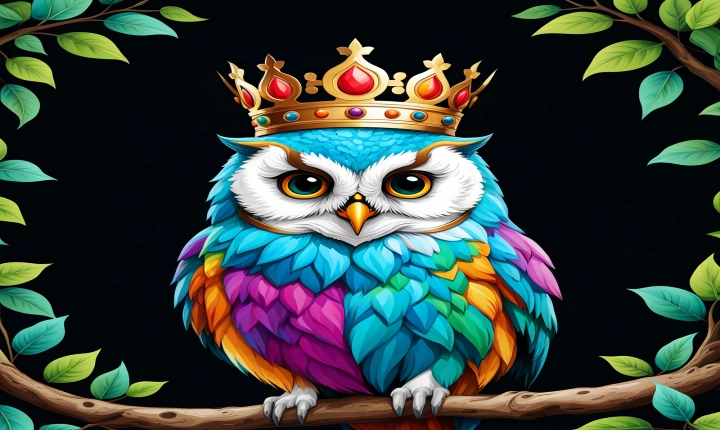Title: How to Use AI Text to Image Generation for Creative Content
Artificial intelligence (AI) has made significant advancements in the field of image generation, with the ability to convert text descriptions into realistic images. This technology has opened up new possibilities for content creation, allowing creators to visualize their ideas in a way that was previously not possible. In this article, we will explore how to use AI text to image generation tools for creative content.
1. Understanding AI Text to Image Generation
AI text to image generation is a process where a machine learning model is trained to understand and interpret text descriptions, and then convert them into visual representations. These models use a combination of natural language processing (NLP) and computer vision techniques to generate images based on the input text. The result is a realistic depiction of the described scene, object, or concept.
2. Choosing the Right Tool
There are several AI text to image generation tools available, each with its own unique features and capabilities. When selecting a tool, consider factors such as the quality of generated images, ease of use, and integration with your existing workflow. Some popular tools include OpenAI’s DALL·E, DeepAI’s Text2Image, and RunwayML’s Text-to-Image model.
3. Generating Images from Text Descriptions
Once you have chosen a suitable tool, the next step is to input your text descriptions and generate images. Start by writing a clear and detailed description of the scene or object you want to visualize. For example, you might describe a “sunny beach with palm trees and a calm ocean” or a “futuristic city skyline at sunset.” Then, feed this text into the AI model and let it generate the corresponding image.
4. Refining and Iterating
After generating an initial set of images, you can refine and iterate on the results to better align with your creative vision. Some tools allow you to adjust parameters such as image style, composition, and details to fine-tune the generated images. This iterative process can help you achieve the desired aesthetic and creative expression.
5. Incorporating Generated Images into Creative Projects
Once you have generated images that align with your vision, you can incorporate them into your creative projects. These AI-generated images can be used in a wide range of applications, including digital art, web design, advertising, and storytelling. They serve as a powerful visual tool to bring your ideas to life and engage audiences in a unique and compelling way.
6. Ethical Considerations and Best Practices
As with any AI technology, it is important to consider ethical implications and best practices when using AI text to image generation. This includes being mindful of copyright and intellectual property rights, as well as ensuring that the generated images are used in a responsible and respectful manner.
In conclusion, AI text to image generation is a powerful tool for creative content creators, enabling them to transform textual descriptions into vivid and realistic visual representations. By understanding the process, choosing the right tool, refining the results, and incorporating the generated images into creative projects, content creators can unlock new possibilities for expression and storytelling. As the technology continues to evolve, we can expect even more exciting applications and innovations in the field of AI-generated visual content.
